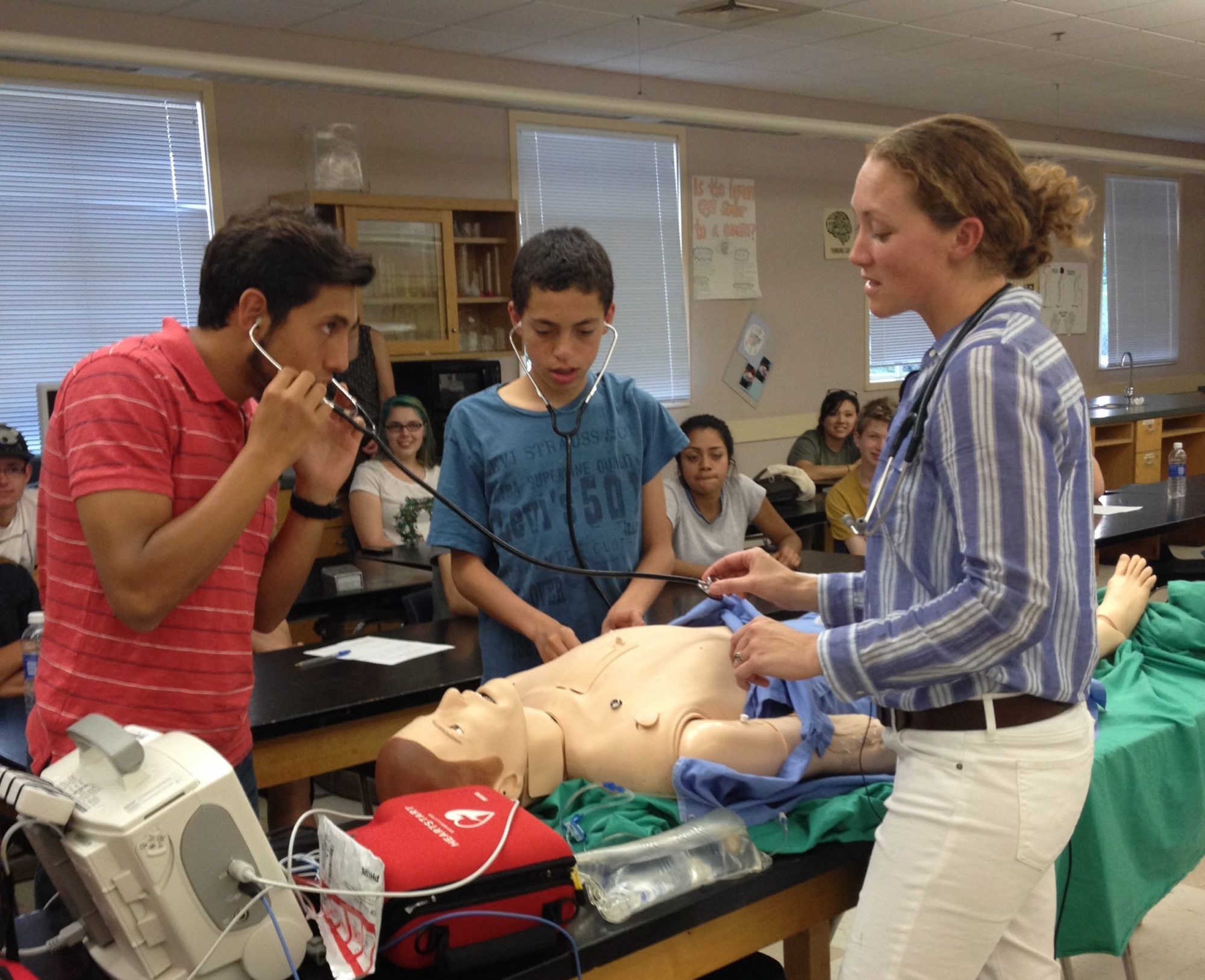The Intelligent Sea Lion
By Shoshana Harlem, Terra Linda High School
 |
| The brain of a sea lion! |
Can an animal still be a good scientist without thumbs? The answer is yes, because the sea lion is in this exact situation. Although sea lions have no thumbs, they have a big brain. Their brain is about the same size as a chimpanzee brain. They are one of the few mammals besides dolphins, humans, elephants, and whales that have brains that weigh more than 1.51Lbs. Scientists are not sure why the sea lion has such a big brain, but they think that it might be because they have a large body size and those two usually correspond. Other theories have to do with the weightlessness of the marine environment, coping with cold water temperature, or perhaps it is just a random outcome of evolution.
The sea lion’s brain consists of different regions for processing information from their whiskers. A specific, corresponding, area in the brainstem is devoted to each whisker on the sea lion’s nose. The areas in their brain that are responsible for processing touch information from the whiskers and the skin are the thalamus, cortex, and brainstem. Likewise, the human brain has specific areas which correspond to the individual fingers of a person. The whiskers on the sea lion assist with sea lion behavior and sensation. There are certain areas in the sea lion’s brain which are made for processing touch sensations from their flappers and tail. Scientists don’t know a lot about the sea lions cerebral skills. The sea lion has a particular part of their brain called the Bischoff’s Nucleus, which is very well-developed. It is surprising that sea lions have this part of their brain because it is usually found in animals with prominent tails such as kangaroos, raccoons, and whales. But the sea lion’s tail is tucked and small behind its hind flippers.
 |
| A sea lion’s very important whiskers! |
On each side of a sea lion’s face, are 38 whiskers. The whiskers can grow to be eight inches in length and are really sensitive. The sea lion produces more nerve fibers than any other animal in the animal kingdom. Its whiskers can be helpful in many ways too. One way is that they use their whiskers is to spot a fish by looking for changes in the flow of the water. They can find fish that are swimming up to 590 feet away from them. The whiskers can also help a sea lion know the differences between shapes and sizes up to as far as a fraction of a centimeter.
Amazingly, the sea lion’s brain is capable of higher cognitive functioning. A sea lion can play a game of Concentration. Through trial and error, they can match unrelated symbol pairs. They can also recognize signals, which is really useful in the wild. In this way they can find food, and know if someone is their friend or their enemy. Sea lions also have the ability to think logically. The can know that if a=b and b=c, then a=c.
To learn more about why sea lions are such good scientists, come to the Marin Science Seminar at Terra Linda High School in room 207 on Wednesday, February 8, 2017. Claire Simeone DVM of the Marine Mammal Center in Sausalito will be speaking. Join us and learn!
Sources:
-
-
-
-
-

